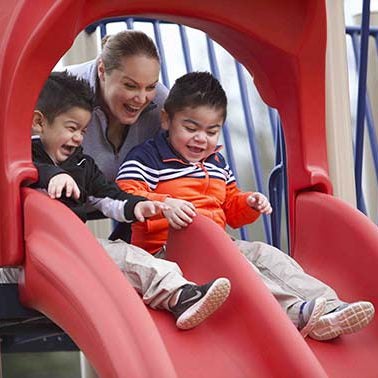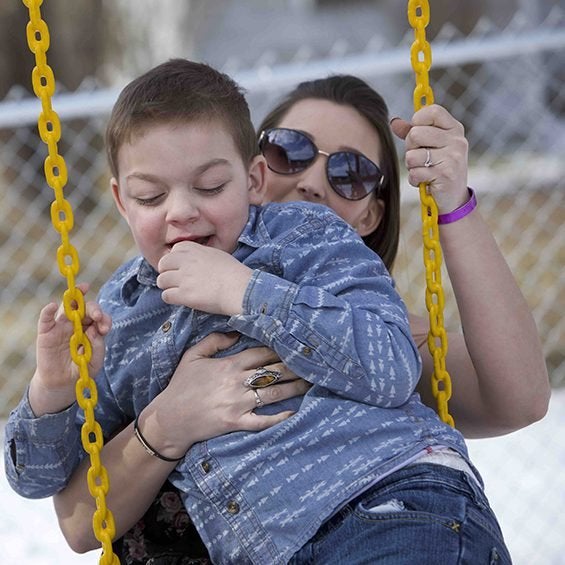Looking after a child with any long-term condition can be challenging. It’s common for parents like you to have lots of difficult feelings. 1 As a caregiver, it’s important to take care of yourself, because your child needs you. Of course, you’ll have times of great joy and happiness with your family, too. But that doesn’t change the fact you may be living with a lot of challenges.



The activities here are designed to help you in those challenging times. They may help you feel calmer and better able to cope with challenging feelings. 2,3
And it may be helpful to get into the habit of doing some of these activities on better days, too. You may find this helps you cope in the longer term. 4
The activities are based on a technique called Acceptance and Commitment Therapy (ACT). It’s an approach to helping people manage challenging situations, such as looking after a child with a long-term illness. It’s likely you can’t change very much about your situation. But ACT may help you think and feel differently about it. It’s been used to reduce stress and low mood in caregivers of children with long-term, serious illnesses. 2, 3, 4
These activities have all been designed to fit easily into your daily life. And you can even try some of them with the rest of the family.
They’re grouped into three different categories. Some may work better for you than others. You may find some activities are more effective in different situations. Or you may find these types of activities might not suit you at all. That doesn’t mean that you’re not doing the activities properly. It may be just that at this moment, these activities aren’t quite right for you. But it’s worth trying them all, so you can see what is and isn’t helpful.
Getting mindful These activities are based on mindfulness, a simple technique that may help you feel calmer. 4
Being kind to yourself These activities teach you how to look after yourself even during difficult times. It’s important you give yourself permission to put yourself and your own needs first sometimes. This means you’ll be able to give more to others, including your child. These activities may help you feel calmer and more positive. 5,6
Solving problems Sometimes, you can take action to make a problem easier to cope with. This section takes you through steps to find the best solution. 7
References
- Somanadhan S, Larkin PJ. Parents’ experiences of living with, and caring for children, adolescents and young adults with Mucopolysaccharidosis (MPS). Orphanet Journal of Rare Diseases. 2016;11(1):138.
- Burke K et al. Adapting acceptance and commitment therapy for parents of children with lifethreatening illness: Pilot study. Families, Systems, & Health. 2014;32(1),122.
- Whittingham et al., Parenting Intervention Combined With Acceptance and Commitment Therapy. Journal of Pediatric Psychology. 2016;41(5):531–542
- Harris, R. Embracing your demons: An overview of acceptance and commitment therapy. Psychotherapy in Australia. 2016;12(4),2-8.
- Germer C. The mindful path to selfcompassion: Freeing yourself from destructive thoughts and emotions. Guilford Press; 2009. p33.
- Zeng X et al. The effect of lovingkindness meditation on positive emotions: a metaanalytic review. Frontiers in Psychology. 2015;6:1693.
- Clinical Research Unit for Anxiety and Depression (CRUfAD). Module 3: Structured Problem-Solving. Available from: https://thiswayup.org.au/wp-content/uploads/2016/03/Module-3-Structured-Problem-Solving.pdf
